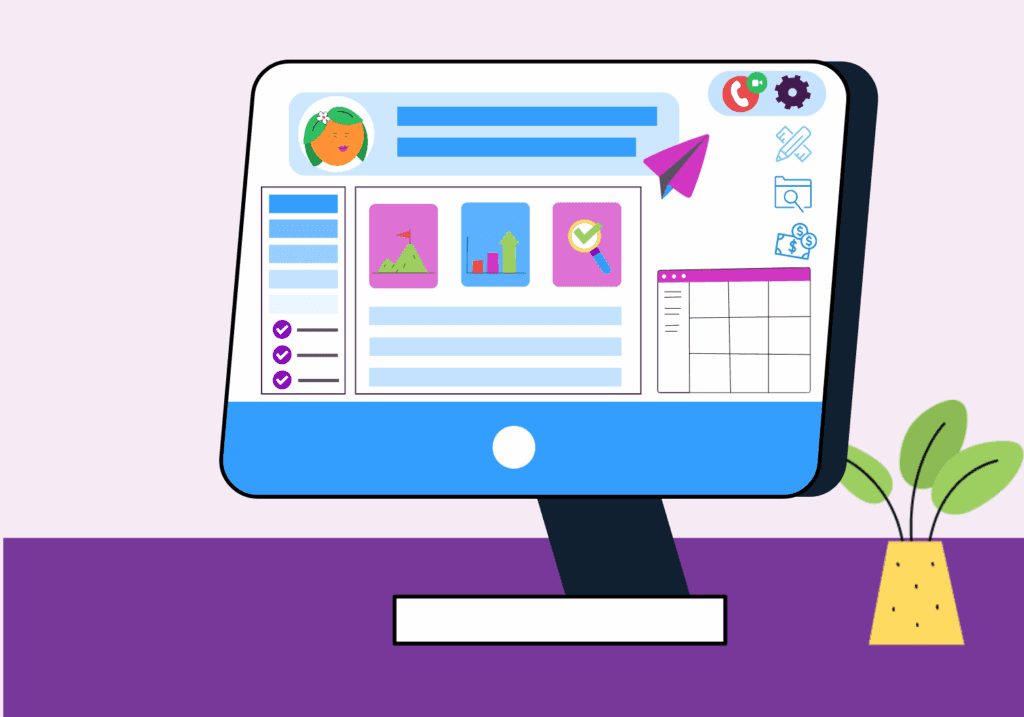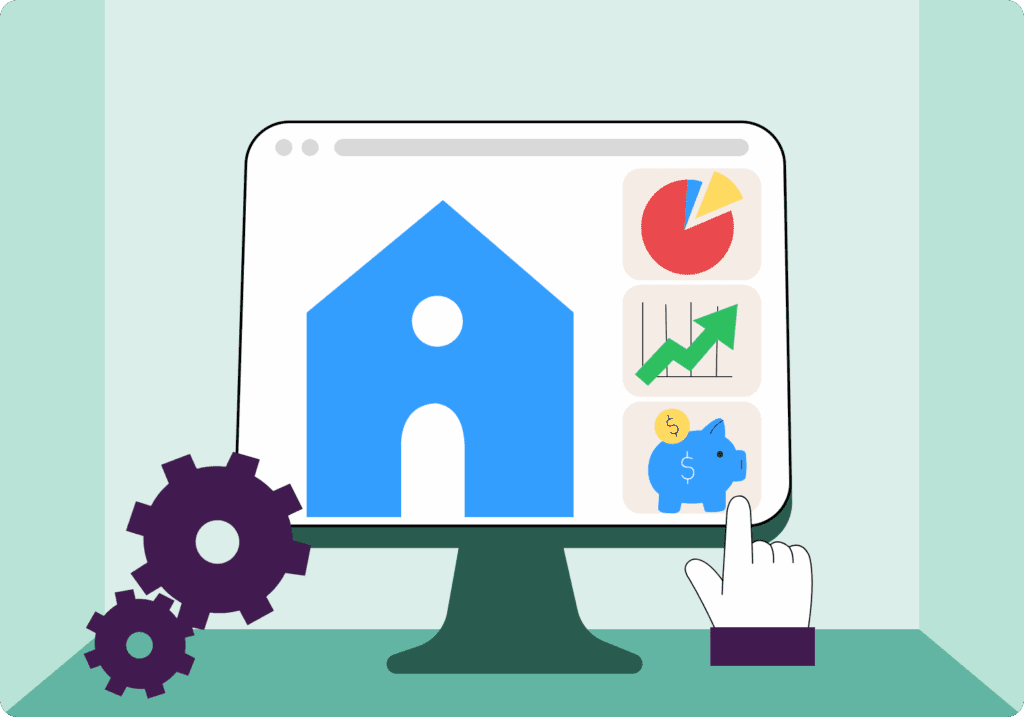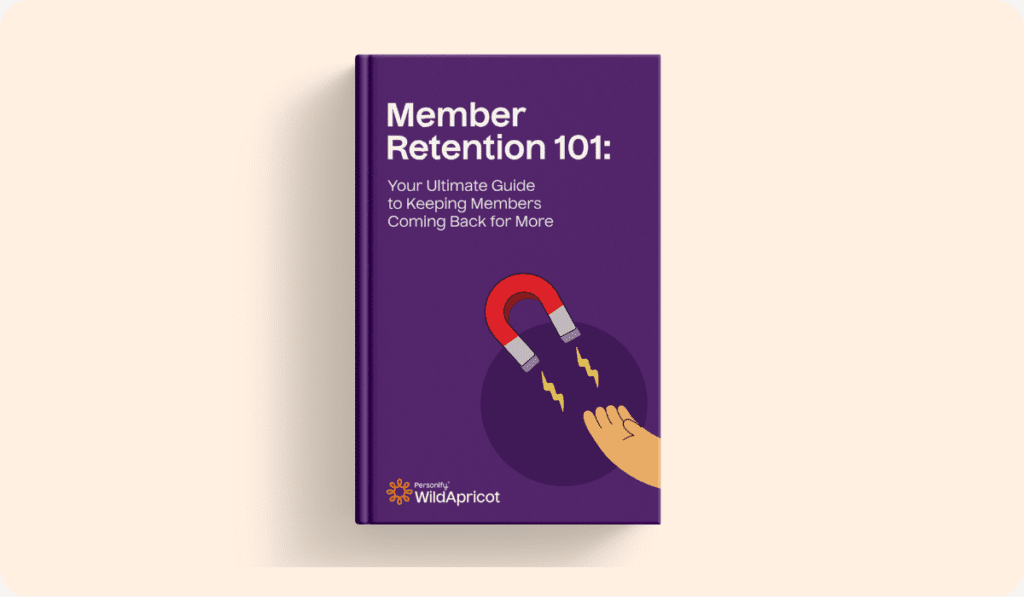YouTube is one of the most valuable tools a nonprofit can use to reach people, tell stories and raise support. It’s free to use, easy to learn and already has billions of users watching every day.
If your nonprofit isn’t on YouTube yet, this is a good time to start. Google runs a YouTube for Nonprofits program that gives eligible organizations extra tools. These include donation features, production resources and even free ad credits. The goal is simple: help nonprofits grow their audience and get results through video.
In this guide, we’ll explain how the YouTube Nonprofit Program works, why it matters and how to set it up step by step. We’ll also cover practical tips to make sure your content is compelling, shareable and worth your time.
What Is the YouTube Nonprofit Program?
The YouTube Nonprofit Program is a set of free tools and features designed specifically for eligible nonprofit organizations. It’s part of Google for Nonprofits and helps nonprofits use video to reach more people, raise funds and build trust with their community.
Once enrolled, your nonprofit gains access to benefits that regular channels don’t have. These include a “Donate” button right on your videos and channel, links to your website in video annotations and access to YouTube’s Creator Academy for training. You’ll also be able to run video ads using Google Ad Grants, which gives up to $10,000 per month in free advertising credit.
To join, your organization needs to be a registered nonprofit and meet Google’s eligibility requirements. Once you’re in, you can start building a stronger presence on YouTube with tools designed to support your mission.
Benefits of YouTube for Nonprofits
Video is one of the most effective ways to communicate online. Did you know individuals retain 95% of a message when watched via a video as opposed to only 10% retention in text? If you want your nonprofit’s voice heard, it sounds like video should be a part of your content strategy.
Specifically for nonprofits, YouTube offers a simple way to raise awareness, grow an audience and move people to action. The platform is built for storytelling, and that’s exactly what nonprofit organizations do best.
Education and Awareness
YouTube is a great platform to educate people about your cause. Whether you’re explaining an issue close to your mission, showing data or breaking down how your programs work, video helps people understand and remember. You can turn complex ideas into short clips, interviews or animations that make things clear. This builds credibility and helps your audience feel more connected to your mission.
Reach a Wider Audience
YouTube is the second most-visited website in the world. That means your content can go far beyond your existing supporters. A well-made video can show up in search results, be shared on social media or appear in recommendations. You don’t need a big ad budget to be seen. With consistent posting and smart use of titles and tags, your nonprofit can reach people who’ve never heard of you before.
Promotion for Events and Fundraisers
Videos are a strong way to build momentum before an event or campaign. You can post short promos, behind-the-scenes clips or interviews that explain why the event matters. Add clear details like the date, location and how to get involved. Share the video across email, social media and your website to get more visibility. It’s an easy way to spread the word and boost turnout or donations.
Showcase Your Impact
Supporters want to see the results, whether it be of their time or money, so utilize YouTube to show what your nonprofit has achieved: real stories, real people, real outcomes. A short recap video from a recent project or a thank-you message from someone you or your organization has helped goes a long way. It makes your work feel more tangible to your supporters and shows viewers that their support leads to actual change.
Volunteer, Donor and Staff Appreciation
YouTube is a simple way to express gratitude in a personal way. Create short videos that highlight a volunteer’s story, recognize a donor’s contribution or show appreciation for your staff. These don’t need to be fancy. Sincere messages or clips from events work well. Public recognition builds loyalty and encourages others to get involved. It also shows that your organization values people, not just outcomes.
Cost-Effective Marketing
For nonprofits with limited budgets, YouTube offers a lot of value. You don’t need expensive equipment to make a good video — just a phone, a mic and a clear message. Plus, being on YouTube is free, and the YouTube nonprofit program gives access to extra tools like donation features and ad credits through Google Ad Grants. That means you can reach more people without paying out of pocket.
How To Start YouTube for Nonprofits in 7 Steps
Getting started with YouTube doesn’t take a whole production team or a huge plan. You can build your presence step by step. Here’s how to get started:
Step 1: Create a Google for Nonprofits Account
To use YouTube’s nonprofit features, your organization first needs to be verified through Google for Nonprofits. Go to their homepage and follow these steps to apply. You’ll need to confirm that your group is a registered nonprofit. Keep in mind: government offices, hospitals and schools aren’t eligible.
Google uses TechSoup (or a local partner) for verification. If you don’t have a TechSoup account, you’ll need to create one and upload some basic documents. The review process usually takes 2 to 14 business days. Once approved, you’ll unlock access to YouTube’s nonprofit tools, plus other useful products like Google Workspace, Google Ad Grants and Google Maps, all designed to support your outreach and operations.
Step 2: Set Up Your Nonprofit’s YouTube Channel
After your Google for Nonprofits account is approved, set up a dedicated YouTube channel. If you already have one, review it to make sure it reflects your mission clearly and looks professional.
Create a Brand Account so multiple team members can manage the channel. Choose a name that matches your nonprofit’s branding. Add a profile image, banner and a short description explaining what your organization does.
In the “About” section, include your mission, website and contact info.
Step 3: Enroll in the YouTube for Nonprofits Program
Once your channel is set up the way you want to, go back to your Google for Nonprofits dashboard. Find YouTube under “Products,” click “Activate” and link your organization’s channel. Google will review the connection to make sure everything meets program guidelines.
Approval usually takes a few business days. Once you’re in, you’ll unlock channel features like donation buttons, call-to-action overlays and access to the YouTube Social Impact team. These tools help you guide viewers to take action, whether that’s donating, signing up for an event or visiting your website.
Make sure to keep your nonprofit channel active and up to date. If it’s empty or outdated, it could hold things up. Once you’re approved, the tools are available for you to use right away.
Step 4: Build YouTube Channel Structure
A clear channel layout helps people quickly find what they care about. It also makes your nonprofit look more organized and trustworthy. Start by creating playlists that group videos by topic, like volunteer stories, campaign updates or event recaps.
Use channel sections to display these playlists on your homepage. You can also feature a short intro video that explains your mission to new visitors. This helps people understand your work without needing to click around.
Keep thumbnails simple and consistent. Use short, clear titles that tell people what the video is about. Even with just a few videos, organizing your channel now will make it easier to grow later.
Step 5: Create Video Content for Your Nonprofit
You don’t need high-end equipment to make effective videos. A phone with decent resolution, a tripod and a clip-on mic are enough to get started. If lighting is an issue, record near a window or use a basic ring light.
Start with straightforward content: team updates, impact stories, volunteer interviews or thank-you messages. These don’t need to be long — 2 to 4 minutes is plenty. Keep your message clear and focused.
Edit using free tools like CapCut, DaVinci Resolve or iMovie. Add captions for accessibility and better engagement. Authenticity matters more than being perfect. The most important parts are that your audio is clear and your message comes through.
Step 6: Start Posting and Promoting
Once you’ve created a few videos, upload them to your channel. Try to post on a regular schedule, even if it’s just once a month. A simple calendar can help you keep track.
After each upload, share the video wherever you can. Ask your team and supporters to pass it along. The more eyes on your content, the more chances you have to grow your audience and support. Who knows, you might even go viral and have your message shared all around the globe!
Step 7: Utilize YouTube Studio Analytics and Adjust as Needed
YouTube Studio gives you insights into how your videos are doing. You’ll be able to see watch time, where viewers came from and when they stopped watching. This helps you figure out what’s working and what needs to change.
If people stop watching early on in your videos, try shortening your intros. If certain topics get more views, definitely make more of that kind of content. These kinds of small adjustments help you post smarter and connect better with your audience.
YouTube for Nonprofits: Best Practices
Once your channel is set up and you’ve started posting, the next step is making sure that your content actually resonates with your audience. Just posting videos isn’t enough. Your message has to land and your audience has to care, so that’s where strategy comes in.
Read more: The Social Media Playbook for Associations: Strategy, Software and Ideas for Success
Here are some tips to help your videos stand out:
Focus on Storytelling, Not Just Information
Facts are helpful, but people remember stories. Instead of just listing stats or reading a mission statement, show what your work looks like in real life. Interview someone your nonprofit has helped, capture a moment at a volunteer event or film a quick tour of a project site. Personal stories create emotional connection, and that’s what motivates people to give, volunteer or spread the word. Keep it human and keep it real.
Stand Out With SEO
Good titles, descriptions and tags help YouTube and Google understand your videos — and help people find your work. Use keywords in your title and naturally in your description to help the search engine push your video content. Add relevant tags so YouTube can surface your content in search or recommendation feeds. Include a transcript or captions to boost search visibility.
Read more: SEO for Nonprofits in 2025: A Practical Guide to Getting Found in Google, AI Tools, and Beyond
Prioritize Accessibility
Accessibility matters more than ever. Add clear captions or subtitles to every video. If you can, include audio descriptions or a transcript to enable viewers with visual or hearing impairments to engage fully. This guarantees your content is inclusive, improves search performance and helps more people connect with your nonprofit’s mission.
Include Calls-to-Action
Don’t assume viewers will know what to do next. Tell them. Ask them to subscribe, share the video, visit your website, donate or volunteer. Add clear links in the description and use YouTube’s tools like end screens or Link Anywhere cards to guide them. A strong call-to-action turns passive viewers into active supporters.
Consistently Post and Share Across Platforms
One video won’t build an audience, but consistent posting will. Keep a simple schedule and stick to it. Then share each video across your email list, newsletter, social media and website. The more places people see your content, the more likely they are to watch, follow and stay involved.
Enroll in the Google Ad Grants Program
Once you’re set up with Google for Nonprofits, apply for Google Ad Grants. It gives your nonprofit up to $10,000 per month in free search ads on Google. You can use this to drive traffic to your YouTube channel, promote specific videos or direct users to your donation page. It’s a powerful way to boost visibility without spending your own budget.
Utilize Budget-Friendly Tech Tools
You don’t need high-end gear to make solid content. Affordable tools like a phone tripod, clip-on mic and basic ring light can improve your YouTube video quality without much cost. As we said before, free software like Canva (for thumbnails) and CapCut or DaVinci Resolve (for editing) can help polish your videos. Focus on clear audio, steady shots and simple edits. Clean and consistent beats a fancy set of gear and an expensive studio.
Overall, the most important thing to remember about YouTube for nonprofits is your message. Be true to your mission, and your supporters will be there to spread the word, promote your initiatives and engage with your content.
If you’re looking to really build out your nonprofit marketing strategy, check out our other resources!
- The 10-Step Guide to Mastering Facebook for Your Nonprofit (In Just a Few Hours a Week)
- The Complete Guide to Marketing Automation for Nonprofits + Top Tools to Use
- The Ultimate Guide to Nonprofit Advertising
- The Complete Guide to Nonprofit Email Marketing
- 15 Nonprofit Website Best Practices for Design, SEO and Engagement
- SEO for Nonprofits in 2025: A Practical Guide to Getting Found in Google, AI Tools, and Beyond
- The Ultimate Nonprofit Guide to Digital Marketing

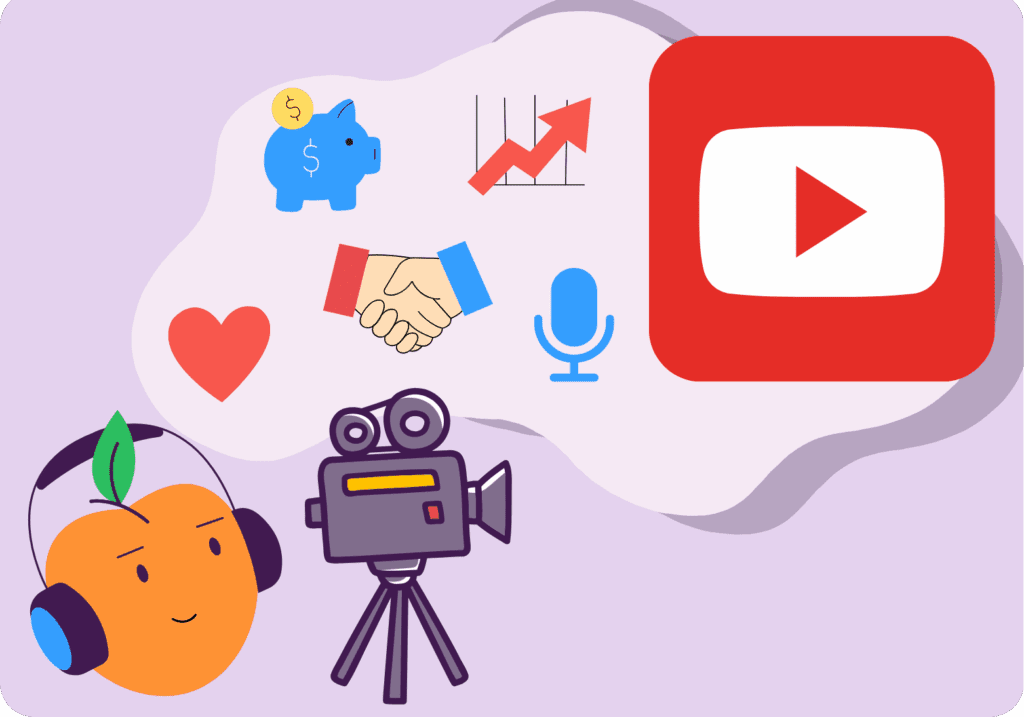

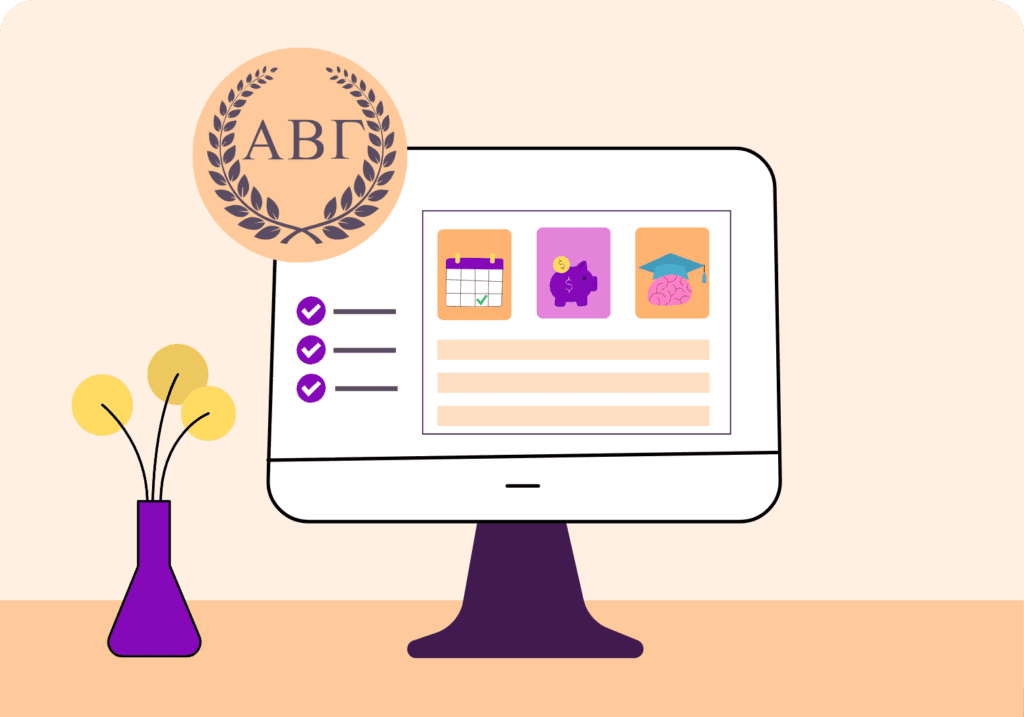


![The Ultimate Guide to Membership Management Software For Nonprofits [2025 Edition]](https://b2993016.smushcdn.com/2993016/wp-content/uploads/2024/02/Main-Blog-Thumbnails-2025-11-06T180717.949-1024x717.png?lossy=1&strip=1&webp=1)
